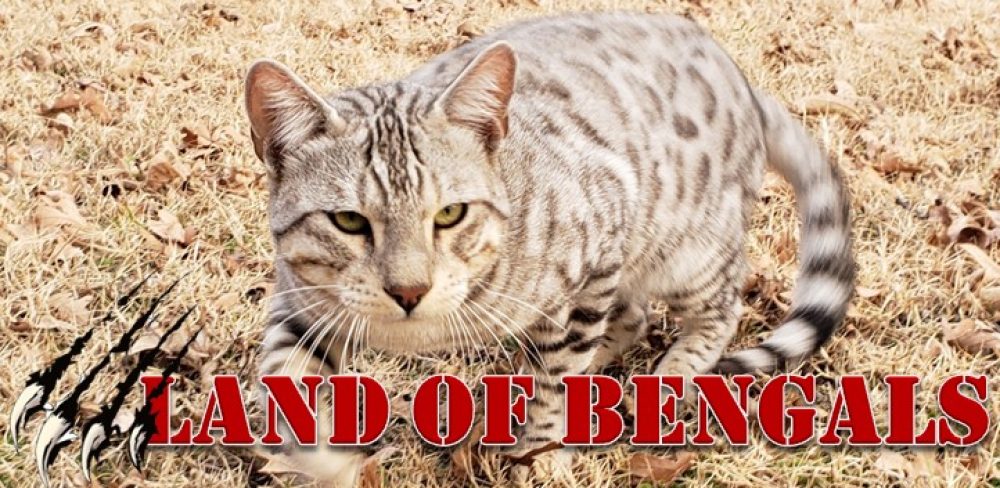Your Bengal is unique, and very much different from the average/regular cats. Bengals inherited strong feral tendencies from their ancestors, the Asian leopard cats. To better understand what your Bengal cat should eat, you must first appreciate their ancestor’s feeding habits, which comprised of birds, lizards, and insects. All of these foods that the Asian leopard cats ate in the wild were mostly protein based.
Bengals are obligate carnivores, meaning they have nutritional requirements that can only be met with a diet based almost entirely on animal tissue. Felines “guts” are much shorter than ours and their digestive system is fine-tuned and able to extract all the necessary protein, vitamins and fat from meat. They do not have the ability to fully digest and utilize the nutrients in plant material.
 In the wild, felines may get a small amount of grain and other plant material from the stomachs of their prey, but it is not by choice, it is just part of their life. However, our domesticated Bengals really do not need any amount of grain.
In the wild, felines may get a small amount of grain and other plant material from the stomachs of their prey, but it is not by choice, it is just part of their life. However, our domesticated Bengals really do not need any amount of grain.
As a Bengal lover, you need to be aware that a healthy nutrition is imperative to the general wellness of your Cat.
It is important to keep in mind that if you are shopping your Bengal’s food, just keep things simple and nutritious. Also consider the total calorie your Bengal is going to intake to prevent overfeeding and weight-related problems. It is also essential to AVOID ANY COMMERCIAL FOODS that contain artificial ingredients and fillers.
In nature, your cat would be eating a high protein, moderate fat diet with only somewhere around 5% of its diet consisting of any kind of carbohydrates. Dry foods contain somewhere around 35% to 50% carbohydrates. This is not what our feline family need. Corn is a good example. Corn is a cheap source of protein, and many of the brands of dry cat food are packed with corn in various forms, e.g., corn bran, corn germ meal, ground corn, corn gluten, corn gluten meal. Corn is not only a poor source of protein; it is a known allergen to some cats.
A really good rule of thumb, it would be to STAY AWAY from any cat food containing corn, especially listed at or toward the top of the ingredients. (Pet food ingredients are generally listed in descending order by dry weight.)
While some cat food manufacturers add small amounts of vegetables and fruits to their formulas, the premium foods always have named meat protein high on the list of ingredients. The fruits and vegetables are generally added for their vitamin and mineral content, and sometimes for their probiotic value.

